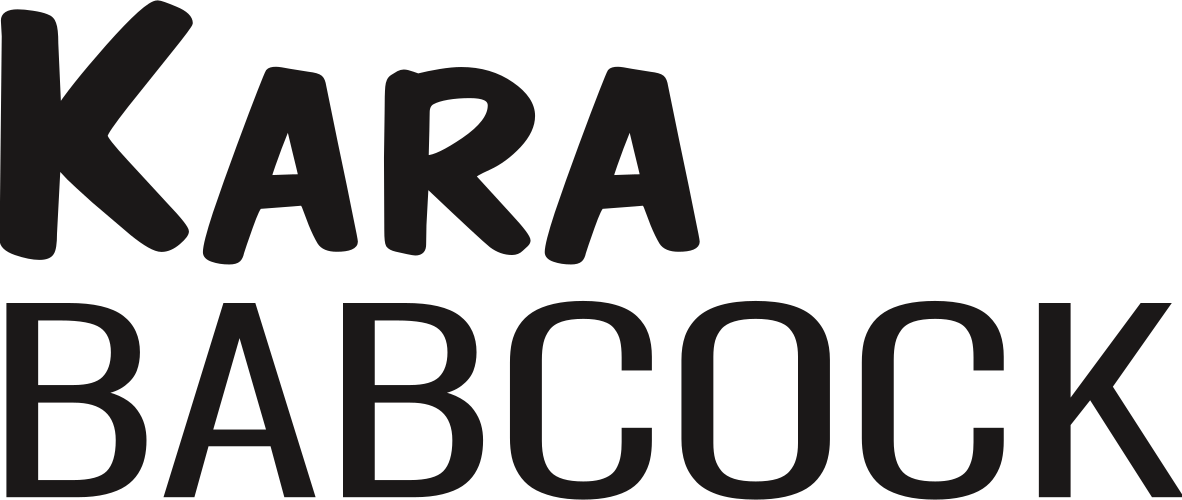Educating the “innocent”: This classroom is not yet rated
A few weeks ago I discussed gender stereotypes in ads with my Grade 8 class. I knew I would have no trouble finding examples to bring in to demonstrate what I meant. Indeed, I found this awesome website, the Gender Ads Project, with thousands of scanned magazine ads categorized by the stereotypes they portray. What I didn’t anticipate was how difficult it would be to find ads that both clearly demonstrate a stereotype and are safe for a Grade 8 classroom. I knew ads were hypersexualized, but it has never been more apparent than the hour or so I spent discarding various ads for being too racy for the classroom.
This annoyed me, but the source of that annoyance was not the advertisers themselves. Oh, I’m plenty miffed by advertisers for all those gender stereotypes they perpetuate in their attempts to sell, sell, sell. But in this case, I was annoyed by how, as a teacher, my hands are often tied in a way that prevents me from truly addressing important issues in an authentic way. It’s silly to think that kids aren’t being exposed to hypersexualized ads outside of the classroom: these ads pervade every medium, from television to the Internet to the stray magazine lying around on the coffee table. Yet I just know that if I don’t walk the line carefully, some parent would be up in arms about how I’m exposing children to inappropriate images.
This fundamental disconnect between what’s acceptable within the classroom and what is acceptable (whether or not it’s appropriate) outside the classroom poses difficulties for us as teachers. We’re asked to prepare children for “the real world” while simultaneously charged with maintaining, for as long as possible, a false sense of innocence by eliding over certain aspects of that real world. It’s similar to how parents and religious groups regularly challenge various books in bids to get them removed from school libraries or class reading lists. The Hunger Games was a popular challenged book last year, as was a series of novels by Lauren Myracle that are apparently “sexually explicit” and “unsuited to age group”. There’s that mentality again, that wishful thinking among certain groups that kids aren’t already starting to think about sex or learning about drugs from each other (not to mention TV, video games, and the Internet).
It’s true I have a certain literary bias here, so take this observation with a grain of salt. It seems to me that books are a medium that allow kids to grapple with serious topics like sex, violence, and drug use in a way that is both deeper and safer than that provided by television or video games. (That doesn’t mean I think it’s impossible for TV or video games to educate kids responsibly, but the majority of content in those media do not do that.) Aside from the fact that banning such books is ultimately ineffective—if kids want to read it, they will find a way to read it—I would argue it’s also harmful. Pre-teens and teenagers are starting to have uncomfortable questions about themselves, their bodies, and their places in society. Sometimes parents don’t want to or don’t know how to answer those questions. More likely, kids aren’t always going to be eager to ask their parents for help figuring things out. So then, where do they turn? It’s a shame, therefore, that some people want to ban books that might help kids work out these issues in the safety of their own bedrooms.
I’m sure that as I gain experience teaching I’ll develop a better sense of how to walk the line—and push the boundaries. Yesterday I led a discussion on homophobic language. Last week was Anti-Bullying/Anti-Discrimination Week, culminating with Day of Pink. Our class’ literacy periods were entirely consumed by another commitment, so the anti-bullying lesson had to be deferred. I wanted to address the use of language because I had heard it very often from people in the class: “That’s so gay” is a common pejorative. I adapted an activity from the Pride Education Network. We began by watching Rick Mercer’s rant on teen suicide, then we discussed racism and compared racist slurs to homophobic slurs. (I also talked about the Charter of Rights and Freedoms for a bit; in a nice bit of serendipity, yesterday was also the 30th anniversary of our adoption of the Charter!) I was a little nervous about inviting the students to contribute examples of slurs and discuss their meanings. The lesson went off well, though. I’m not sure how well I got through to the students, but even if some of them took to heart the initial discussion of the difference between sex and gender, then I’m happy.
Clearly, it’s possible to have meaningful conversations in a classroom. I just think there’s some irony that the classroom, that safe environment to help prepare students for all these things they’re encountering in the real world, apparently has to be safe by dint of these constraints placed upon what gets brought into it. Advertisers, on the other hand, have no such constraints and no scruples. Hopefully, as the Internet and new media continue to change our perceptions of entertainment, news, and literature, our ideas of what’s appropriate for the classroom will shift as well. And maybe as a society we can become a little more conscious of what commercials are really saying.
(Or maybe I’ll just stop worrying and have the class read Slaughterhouse-Five, censors be damned.)

